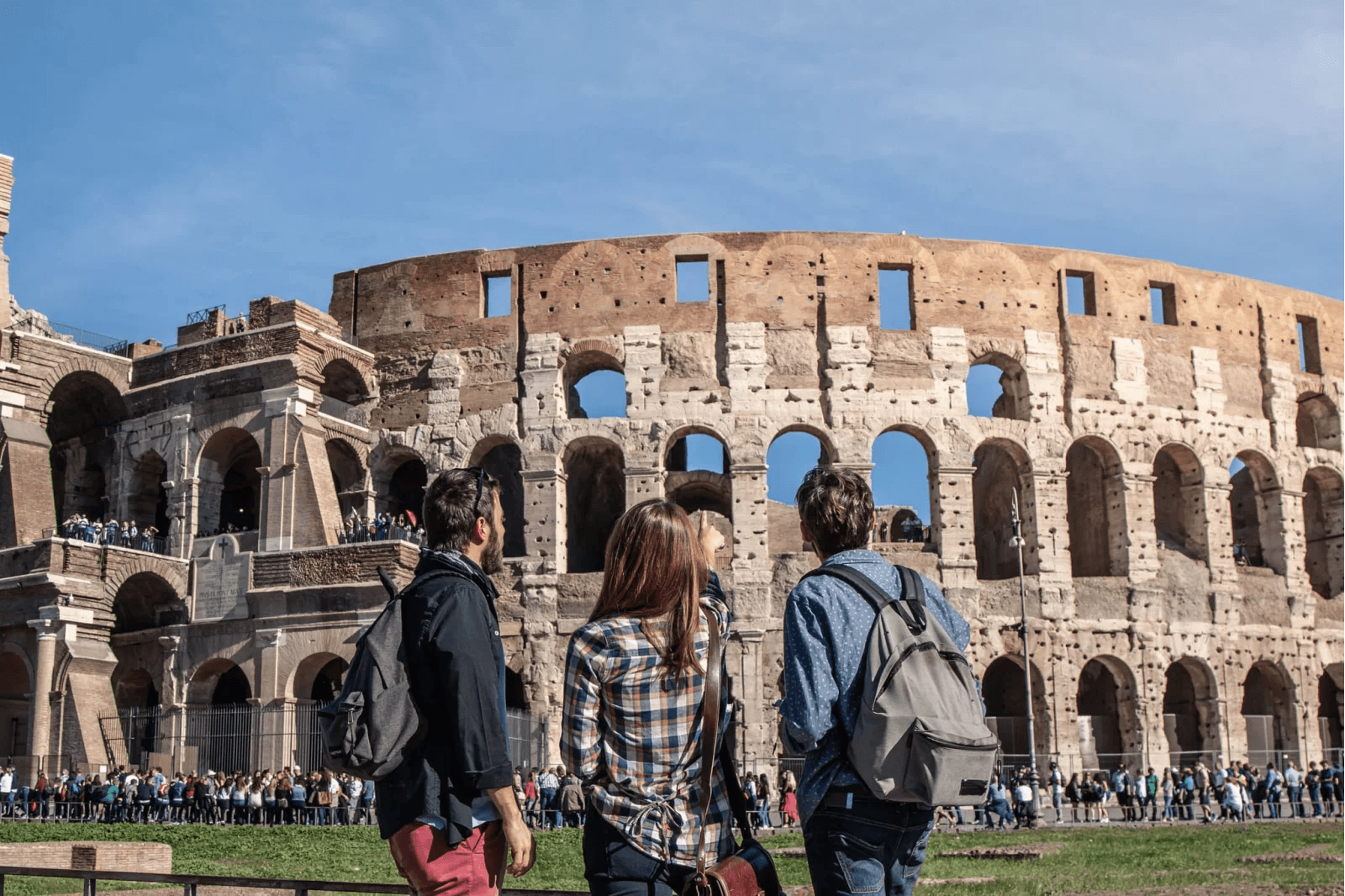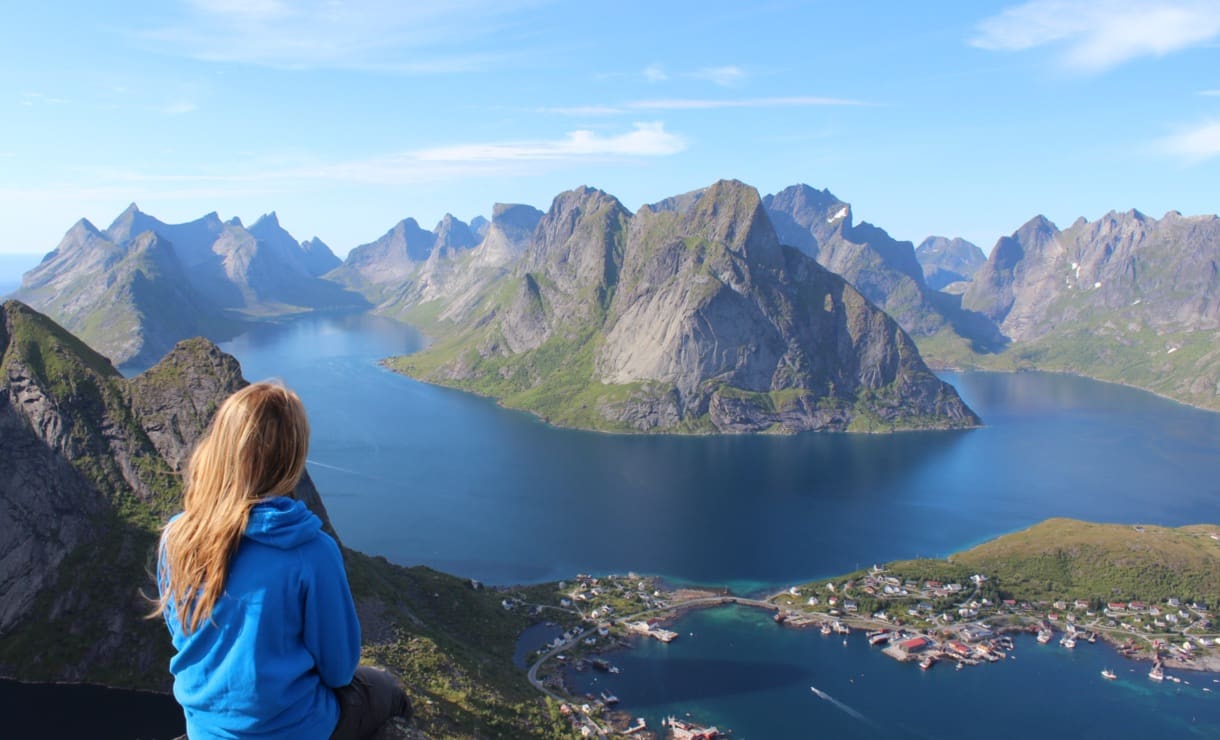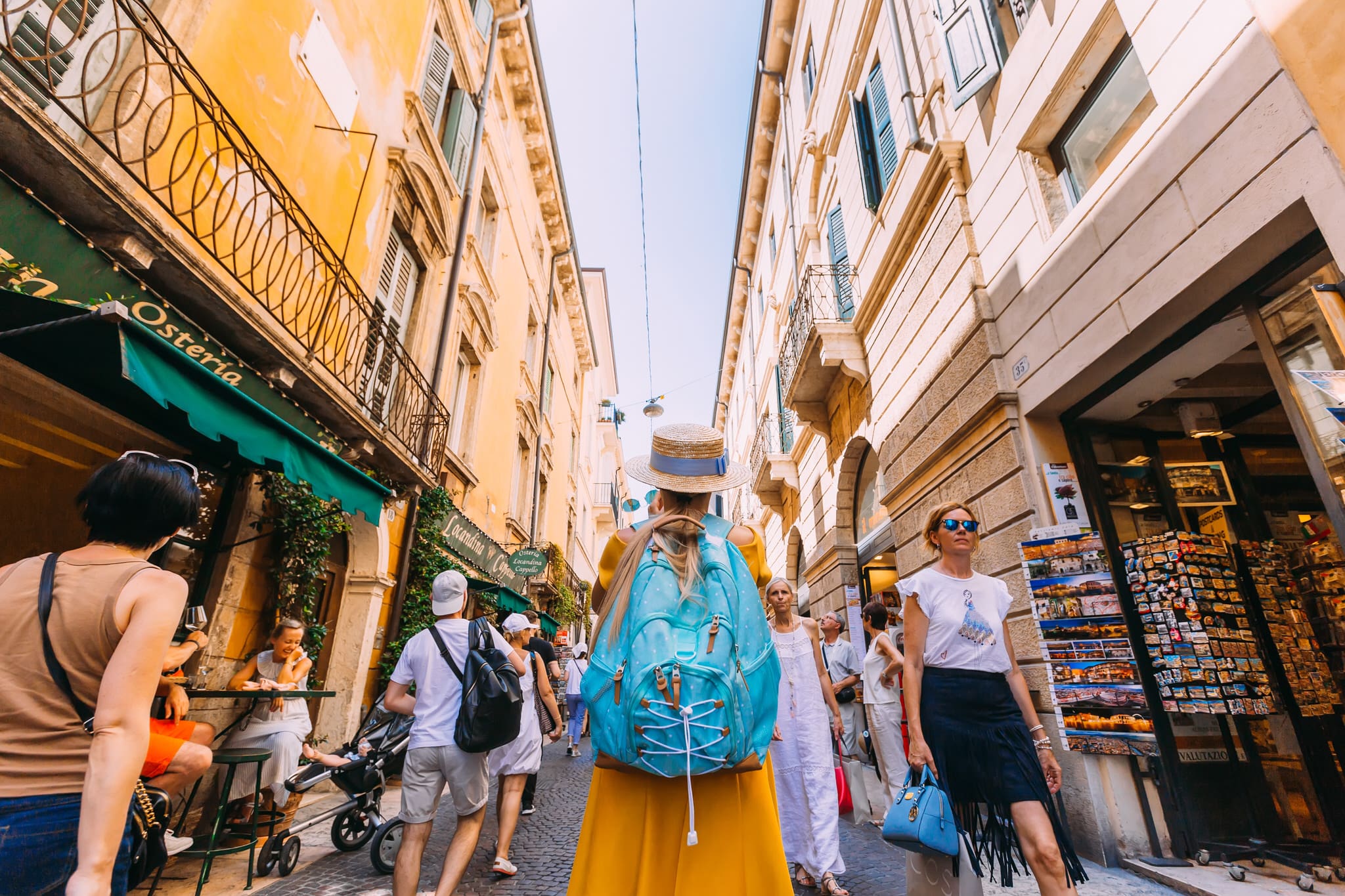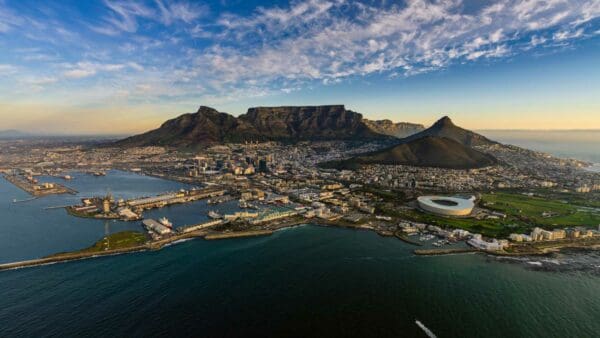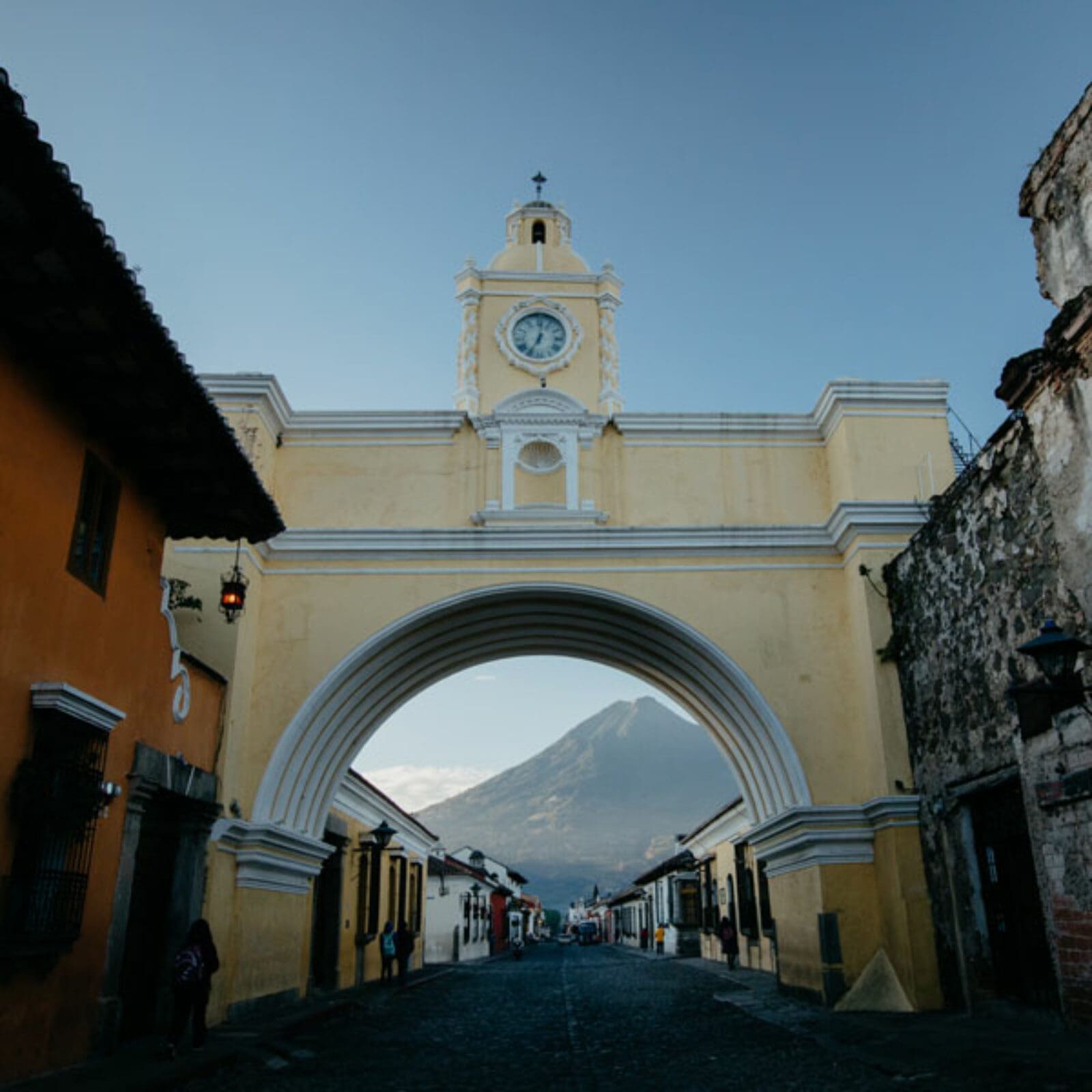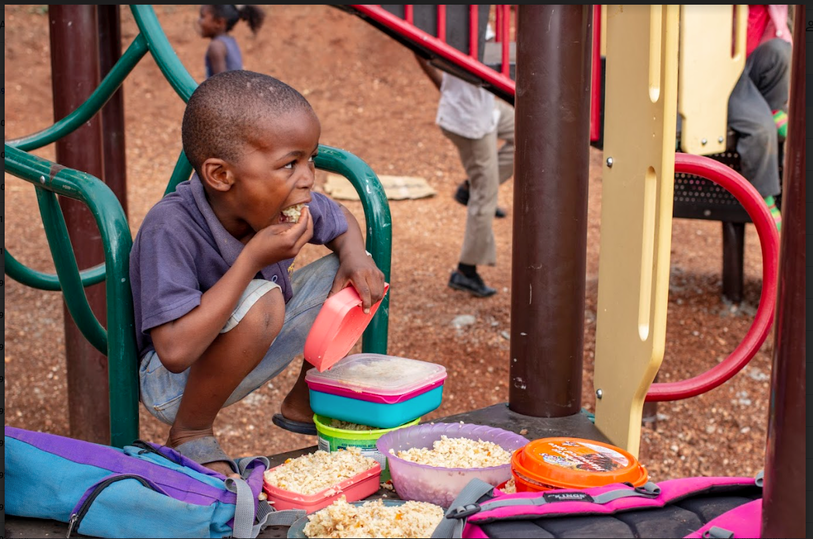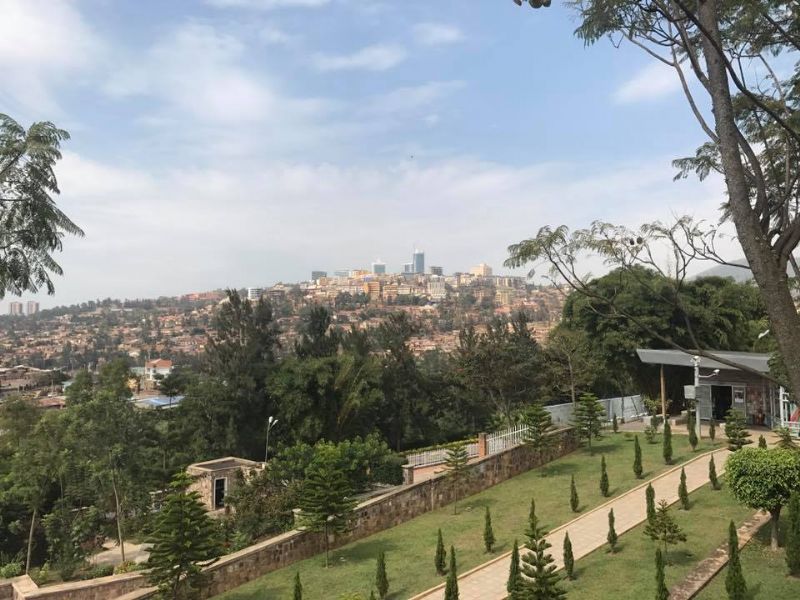
There’s a cool breeze that blows through Kigale. The quiet streets hum softly as the afternoon sun warms the pavement. People pass by each other, on motos or on foot, in peaceful accord. An uncompromised stillness rests over the hills of the capital city. It almost feels like peace. And yet, like a bad dream lingering, the darkness that once covered this city cries subtly into the air.
23 years have passed since the horrific tragedy of the Rwandan Genocide. Over two decades have gone by; a new generation has come to adulthood without memory of the past horrors. Life has gone on, families have been reformed, faith has been renewed, and a nation has found its footing once again. But the scars remain. The tissue has healed, but the pain is revived with sharp jabs in the little moments of life. Small family reunions that once were large. Quiet family meals that once were boisterous. Somber neighborhood streets that once were lively.
June is the month of remembrance for the Genocide. Many of the people remember graphically where they were in the midst of that time; how they survived; how they processed it; how they saw their family members slaughtered. Time may heal all wounds, but memory continues to sting like ointment to a burn.
Survivors are scattered across the nation. The stories are everywhere. Even in the small hillside town of Kabuga, the community is still plagued by their pasts.
Genocide survivor Cecile Mukabutera recalls the events in 1994 with vivid memory. She now lives with two other women, all three widowed by the genocide. The three women hold different accounts as to what happened, and how it led each of them to start an orphanage together immediately following the genocide.
“We are farmers, not politicians – why are you killing us?” “Because we are not evolved in the political field, why are they killing us?” Cecile remembers the confusion of those days. Living in the outer hills, many people did not expect anything like this to come to them, as they had very little awareness of the political strife happening in the capital. After she found out about the killings, she and her husband fled but were scattered. She made it across the border into Uganda, but her husband did not.
“At that time, you could not say ‘where is my husband, where is my son?’ because people were scattered. Even up to now, there is still children who doesn’t have any parent, alone in the world.” Upon returning to their homes, Cecile and the two other neighbor women women gathered together to care for 18 orphaned children. “Instead of you living alone, let us come and live together.”
Rwanda was once a free nation, where people of all different tribes lived unified. But in 1895, Germany entered in and colonized the nation. The early European settlers (the Belgians took over after Germany’s crippling loss in World War I) found that a certain group of Rwandans, the Tutsis, tended to be much more intelligent and capable than the other group, the Hutus. Quickly, the Europeans began to classify the Rwandans into these two different groups based on small physical features – most prominently, Tutsis had a lighter skin tone, smaller noses, and were less physically fit than the Hutus. Because the Tutsis (approximately 15% of the population) were more favored by the governing European powers, many of them were promoted to positions of administrative power, leaving the Hutus (approx. 84% of the population) at the base levels of society. Divisions between a once-unified people began to grow. Rwanda was beginning to change.
In 1959, King Rudakigwa died, and suddenly the old establishment was overturned. A new administration was established, giving power to the majority class – the Hutus. The overturning of the government meant violent persecution for the Tutsis as the Hutus sought retaliation for years of oppression. Many Tutsis fled to other nations, while others were resettled in small outer pockets of the country. This persecution continued on for 30 years, and over 700,000 Tutsis were killed in that time. In that time, tensions continued to rise between the Hutus and Tutsis, and rebel groups began to grow. One prominent group, the Interahamwe, formed as a youth militia under a Hutu Power genocidal ideology, one that issued propaganda in news and media to condition Hutu citizens to accept hatred and the need for genocide. The Tutsis also began a refugee rebel group – the Rwandan Patriotic Front – with the intention to promote peace between the two groups and unify Rwanda. Civil war erupted in 1990 between the Hutu militia and the RPF, and PresidentHabyarimana used the tensions between the two groups to fuel hatred between the divided people groups. The Interahamwe expanded, their genocidal ideology began to solidify, and death lists and attack plans were being created. Tutsi leaders made threats, one even predicting the upcoming death of Habyarimana. Despite the attempts to dissolve these tensions, something was coming. On April 6, 1994, as the President was flying into Kigale, his plane went down just minutes outside of the capital. And within hours, the genocide began.
The Interahamwe began spreading out through the country, searching out important Tutsi officials on their death lists to slaughter mercilessly. Soldiers went through neighborhoods, going door to door, killing any Tutsi in sight. Women were raped and murdered in the sight of their spouses and children. Hutu civilians turned on their Tutsi friends and neighbors without warning, in fear that they too would be killed if they proved to be traitors. Children were brutally tortured and killed, some even slaughtered in the arms of their parents. Many Tutsis were forced by Hutu soldiers to kill their family members before they too were killed. Women and children were specifically targeted by the Hutu militia, with the purpose of wiping out any possibility of continuation of the Tutsi race. Thousands of people flocked to churches to hide, only to be turned in and killed by their Hutu pastors. Most people underwent humiliation and torture before their gruesome death. Bodies were scattered in the streets, smoke arose from the hills, and the smell of blood filled the air.
Over the course of three months, over 2 million people were killed. Over 300,00 children were left as orphans, and over 85,000 children became heads of their households. 2/3 of the Rwandan population was displaced.

The two other genocide widows, Savera Mukankwaya and Esperance Mushonganana, were sisters of a large family of 17. By the end of the genocide, after having been split from each other, they came together to find that they and their brother were the only ones who survived.
Savera and her husband were at their house on the lake when the soldiers invaded their town. She saw her husband killed, and immediately fled. Soldiers chased her with the intent of killing her, but she and her children managed to disappear. They fled to Burundi, and lived there until the violence had ceased. She remembers much of what happened, but found it hard to share the details.
Esperance recalls the events of her survival with great pain. “It’s a long story…” she sighs, sharing that the full details of her story would warrant writing a full book. When her family decided to flee their town, she was left at the house, bed-ridden because of crippling injuries in her knees. She did not know if she would survive, because she knew that she was physically incapable of fleeing. While retaining her faith in God, she was soon rescued by RPF soldiers who carried her across the border into Uganda. She spent one year there in Uganda, and was welcomed warmly through her time of grieving.
When she returned to Rwanda, with a heart of gratitude to the Lord for saving her, she immediately felt compelled to rescue many of the children who had been orphaned in her community. “When I came back, I found that all the houses that remained in Rwanda were broken, had fallen down; but my brothers house remained, it was not broken. That house is where I remained, and I collected the orphans and brought them to the house, and they stayed with them.” Together with Cecile and Savera, they collected 18 orphaned children and raised them in that home until adulthood.
In thinking about the events that happened in 1994, she says that she cannot even speak. Recollections of the horrible injuries that the orphans had gone through cast a dark shadow across her face. She stated that many people that she knows are still angry and cannot even speak of it. And yet, she praises God for what He has done since then.
“There are so many things that God has done,” Esperance states. She praises God for those children who are still around. All of the orphans are now adults, some married with children. Others are finishing their education, finding jobs and making their next steps. Once the orphans moved out, World Vision provided money and support to build a new home for the widows. Doors and windows were given by her brother’s son, contributed things for the house. “That’s how God works, for me and my children.”
Walking through the Genocide Memorial Museum on the outskirts of Kigale, it’s hard to stomach the gravity of the things left behind in the aftermath. Various wings of the museum offer artifacts from the genocide – shelves of bones, lines of cracked and battered skulls, rusty chains and torture items, tattered clothing with blood and bullet holes. One room features pictures of deceased Tutsis; wedding pictures, baby pictures, family pictures, smiling faces, pictures of past joy and celebration covering the walls.
A specifically harrowing part of the museum is a wing called “The Children’s Room.” A simple set of hallways with pictures of smiling children, small bios listed under them. One particular bio of a joyful looking young child reads as such:
Name: Patrick Gashugi Shimirwa
Age: 5
Favorite Sport: Riding bicycle.
Favorite Food: Chips, meat, eggs.
Best Friend: Alliane, his sister.
Behavior: A quiet, well behaved boy.
Cause of Death: Hacked by machete.
Passing through the Memorial, I notice the faces of the people who walk by me. Proud Rwandans, moving briefly through the halls of the museum, glancing at the faces of the massacred in reverence but hoping not to remember. Walking through the gravesite, home to over 250,000, paying respect to their mothers, fathers, grandparents, wives, husbands, children, grandchildren, friends and livelihoods that had been wrenched from them so inexplicably. And yet, remarkably, what remains in the hearts of the people who walk through to remember is not despair, or fear, or sadness.
It’s hope.
The genocide ended in July 1994, just a few short months after it had started, and the restoration process began. The RPF invaded, defeated civil and military authorities, and called an end to the fighting. Paul Kagame became the country’s new president, and the RPF formed a new government that sought to bring unity to the once divided nation. The UN, grieved by their error in assuming the country was undergoing civil war and not genocide, established the International Criminal Tribune of Rwanda, a tribune used to prosecute high-level genocide organizers. Gacaca, a “community restorative” justice system, was formed in 2002, which sought to bring survivors, witnesses, and perpetrators together in court, with the aim of promoting truth, forgiveness, and reconciliation in the justice system. Over ten years, approximately 1.9 million cases were covered. A grace system was established, and perpetrators who confessed to their crime would be allowed only a half sentence of community service, rebuilding the nation and the homes of survivors. Through dialogue between perpetrators and victims alike, forgiveness and understanding was found.
Today, the words Hutu and Tutsi are no longer used to describe people. “We are all Rwandans,” Cecile states, smiling. Schools promote peace education programs and unity clubs, and teach students about the horrors of the past with the hopes of forming understanding for the future. The economy has come back, schools are funded by the new government so that all children can have free education, citizens are provided with health care and insurance, and the people have started to trust one another again. Rwanda has come back to life once again, bearing great wounds, but walking in faith that the scars speak of a grace and hope that only God has granted them. Even 23 years later, the people of Rwanda come together to understand, and hopefully to heal. New families have formed between survivors, orphans have joined together, and all fight for redemption and hope for their people and their nation.
“When you go back to your country, go and tell everybody that Rwanda is peaceful – there is no problem. We have peace – there is no problem.” Cecile states proudly.“People are enjoying the nation everywhere.”
Rwanda was once a place of great ruin, great darkness, and great hopelessness. But God, the one who breathes life into dry bones, has brought restoration. Today, Rwanda stands as a beautiful flower of hope, that even despite the darkness of mankind, God’s powerful love will always bring redemption.
“When the righteous cry for help, the Lord hears and delivers them out of all their troubles. The Lord is near to the brokenhearted and saves the crushed in spirit. Many are the afflictions of the righteous, but the Lord delivers him out of them all. He keeps all his bones; not one of them is broken.” Psalm 34:17-20
Photo Cred: Rwandan Genocide Memorial. WEBSITE: http://www.kgm.rw/

